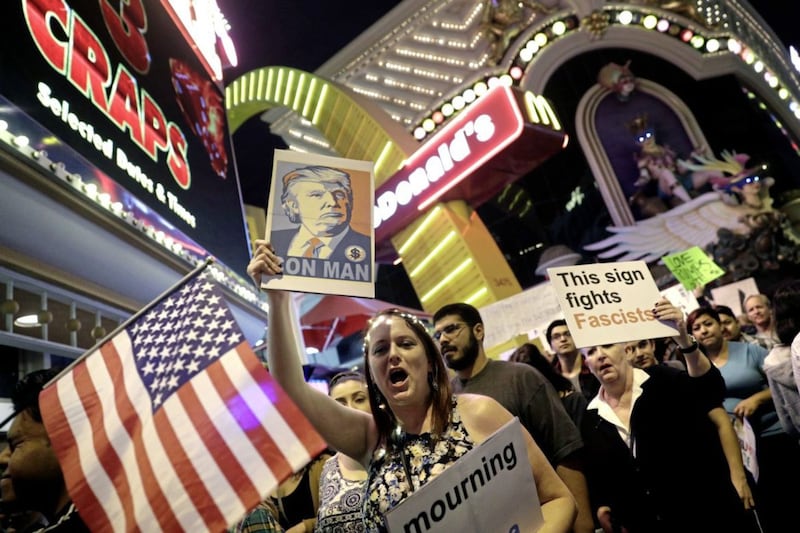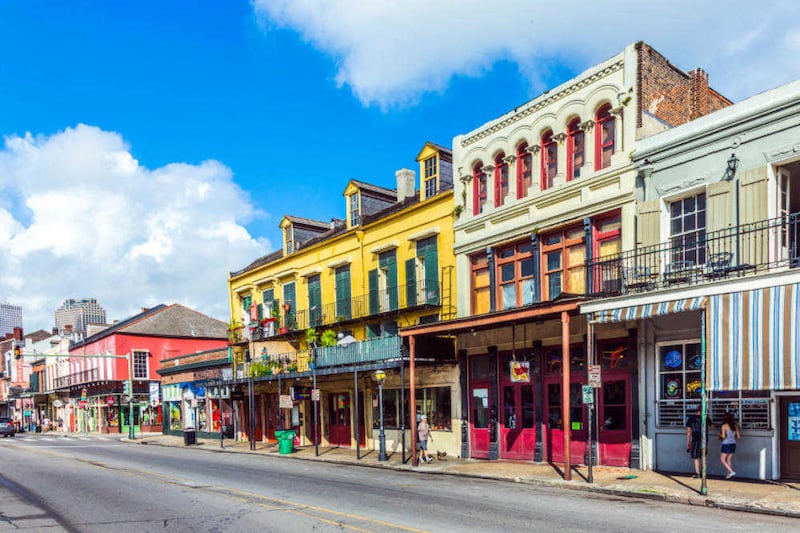WHAT could Belfast possibly have in common with New Orleans, the home of jazz, where you can feel the joy de vivre on every corner and where they say time is measured in meals?
Well, it’s actually much more than you might think.
Because tourism and economic chiefs in the Big Easy admit they see “many striking parallels” between their great city and the north’s more modest capital (although in population terms, both claim an urban population of around 400,000).
The New Orleans Convention and Visitor Bureau (NOCVB), along with business organisations located in the city’s World Trade Center, have been speaking to European journalists.
The media group is taking part in a US State Department-sponsored three-city two-week reporting tour in connection with the negotiations around the Transatlantic Trade and Investment Partnership (TTIP) free trade deal.
Speaking to the Irish News, NOCVB senior vice-president of tourism Kim Priez pointed to the broad parallels between New Orleans and Belfast, which include:
:: Both are spending millions of public and private funds rebuilding their cities, one after the devastation caused by a natural disaster (Hurricane Katrina in August 2005) and the other by a man-made 30-year conflict;
:: Each believes its out-of-state tourism numbers can only be improved with direct flights to Europe;
:: Both are investing in the cruise market by improving their respective port and shipping infrastructures;
:: They have also a marked focus on ‘heads in beds’, with both cities having concentrations of new hotel developments;
:: Tax breaks are being offered by both cities to help create a hub for film and television production (we have Game of Thrones, they have Brad and Angelina in permanent residency these days);
:: Both cities are vying to improve the number of start-ups per capita and turn a brain drain into a ‘brain magnet’; and
:: Every cloud has a silver lining, because it was the macabre which catapulted New Orleans and Belfast to international news prominence, and both are now yielding positives from their former woes.
Okay, so the scale is vastly different. For example, there have been 325 new hotels and 39,000 hotel rooms created in one city versus 15 and 1,200 in the other.
New Orleans has also invested eye-popping sums into the hundreds of billions of dollars in infrastructural projects, including the Mercedes-Benz Superdome ($350m/£247m) and National World War Two Museum ($320m/£226m) to name but two. Belfast must dream on.
Yet in a striking irony, Ms Priez pinpointed “fixing the schools system” as pivotal for any city to rebuild from its own particular ground zero.
“We had the opportunity to rebuild what was broken first, and that was our schools system. It was one of the reasons why we had so much poverty and division,” she said.
“We had an historic under-current of a cultural problem with children not being educated as they should have, and places not being as prosperous.
“We need a cataclysmic event like Katrina to give us the impetus to change things, and now we’ve a school system that rocks.”
She added: “We had the world watching us as we were being destroyed, so when we were rebuilding, we just had to change and make it better.”
NOCVB’s communications vice-president Kristian Sonnier added: “My advice to reinventing Belfast would be: don’t simply rebuild what you always had.
“Really think about what you would like to have that you never had before, and a simple but good example for us was bike lanes. We had five dedicated miles for cyclists before Katrina. Now we have more than 100 miles.
“So instead of doubling down what was broken before, re-imagine the things you’d like. It’s working for us.”








